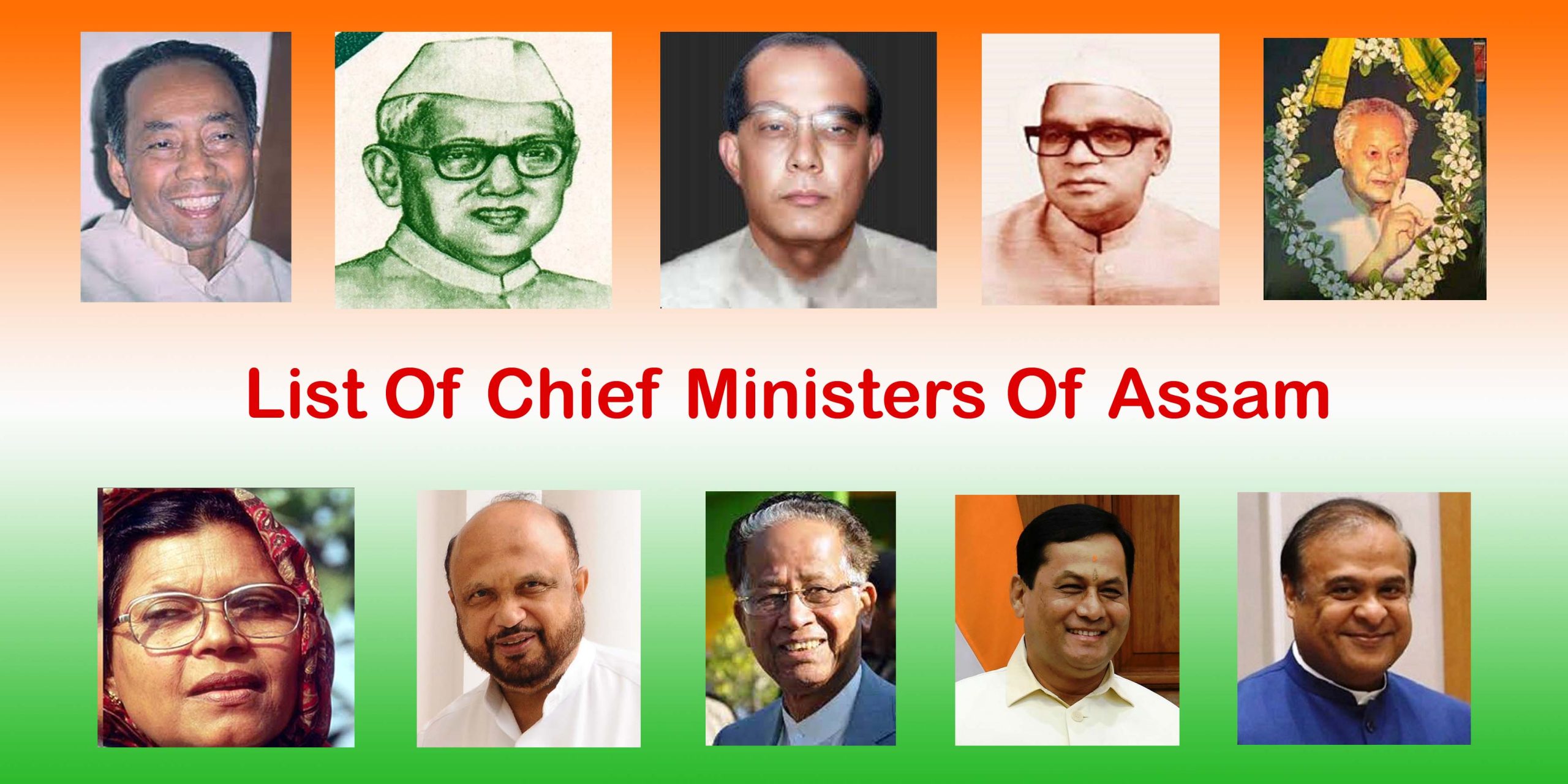
A Journey of Chief Ministers of Assam Since Independence
Assam, celebrated for its diverse landscape and rich cultural heritage, has been under the guidance of dynamic leaders since gaining independence from India. This Journey of Chief Ministers of Assam Since Independence post delves into the tenures of the Chief Ministers who have shaped the destiny of Assam, contributing to its political, social, and economic landscape. We’ll explore from the time of Gopinath Bordoloi’s initial leadership to the current era under Himanta Biswa Sarma, highlighting how each Chief Minister has been critical in shaping Assam’s story.
A Journey of Chief Ministers of Assam Since Independence will explore the stories of these leaders. It will examine their actions, challenges, and the impact of their tenure in shaping Assam into the state we recognize today.
A Journey Through Leadership: Assam Chief Ministers Since 1950
Gopinath Bordoloy (1950)
Gopinath Bordoloi was an essential figure in Assam’s history. A freedom fighter who became the Chief Minister after India gained independence, his early experiences, including his role in the fight for freedom and his first steps in politics, set the stage for his leadership style.
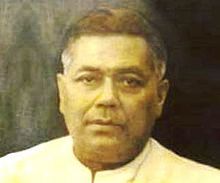
Key Contributions:
- Building Assam’s Foundations: Bordoloi played a crucial role in shaping Assam when it started as a state. He created policies that addressed the different needs of its people.
- Bringing People Together: He worked hard to unite Assam’s various cultures and regions, helping to build a strong sense of unity among everyone.
Challenges:
- Uniting Different Cultures: Bordoloi’s big challenge was to bring together Assam’s many ethnic and cultural groups under one umbrella.
- Building the State’s Base: He also had the challenge of laying down the basic framework for how the state would be run and developed.
Legacy: Bordoloi is renowned for playing a pivotal role in shaping modern Assam, establishing a solid foundation that spurred the state’s growth and development for future generations.
Bishnuram Medhi (1950-1957)
After India became independent, Bishnuram Medhi was Chief Minister during a crucial period in Assam’s history.
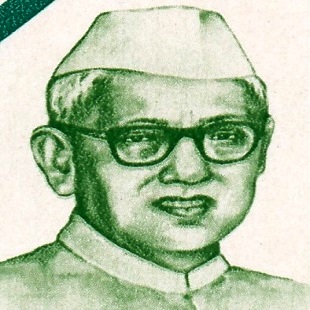
Key Contributions:
- Building Up Assam: Medhi worked hard on developing Assam as a whole, especially since it was a new period after India’s independence. He set up how the state would be governed and managed.
- Improving Farming and the Economy: He created policies to strengthen the farming sector, knowing it was vital for Assam’s Economy. He also started different programs to help the state’s Economy grow.
- Focusing on Education: Medhi believed education was important, so he tried to increase the number of people who could read and write, improving schools and colleges in Assam.
Challenges:
- Bringing Different Groups Together: Medhi faced the tough job of uniting Assam’s various ethnic and cultural communities into one united state.
- Setting Up Basic Facilities: His other big task was to build the infrastructure, such as roads and buildings, needed by the newly established state.
Legacy: Bishnuram Medhi actively shaped Assam’s development and governance during the critical years following India’s independence, earning him widespread acclaim. He made essential contributions to farming, the state’s Economy, and education, laying down a strong foundation for Assam’s growth in the years to come.
Bimala Prasad Chaliha (1957-1970)
Bimala Prasad Chaliha was the Chief Minister of Assam for a long time, and his leadership was essential for the state. He was in charge for over ten years when Assam was developing and growing after India became independent.
Key Contributions:
- Growing the Economy: Chaliha worked hard to strengthen Assam, especially by helping the agricultural and rural sectors. He aimed to improve the lives of people countrywide.
- Building Up the State: He focused on improving Assam’s basic facilities like roads, bridges, and public buildings, knowing how important they are for the state’s development and connecting different areas.
- Supporting Culture and Society: Chaliha also celebrated Assam’s unique culture and started programs to help the state’s people.
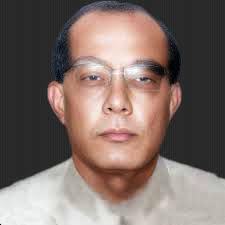
Challenges:
- Handling Different Ethnic Groups: A big challenge for Chaliha was to meet the different needs and hopes of the many ethnic groups in Assam.
- Dealing with Unrest: During his time as Chief Minister, there were periods of political and social disturbances, which he had to manage skillfully.
Legacy: Bimala Prasad Chaliha is known for his long period of leadership, which played a big part in the development and stability of Assam. He made lasting contributions to the state’s Economy, built better infrastructure, and worked on social welfare programs.
Mahendra Mohan Choudhry (1970-1972)
Mahendra Mohan Choudhry’s tenure as Chief Minister of Assam was a critical era in the state’s politics. He led the state during a period of many social and political shifts.
Key Contributions:
- Boosting the Economy: Choudhry worked on making Assam’s Economy stronger, especially by helping the farming sector and rural areas. He wanted to make life better for people living in villages.
- Improving Basic Facilities: He also focused on building roads and bridges, knowing that these are key for the state’s growth and connecting different places in Assam.
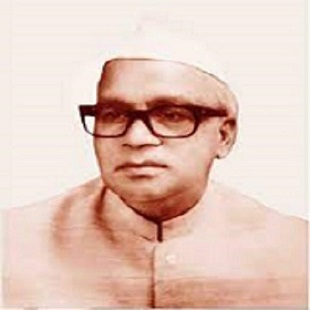
Challenges:
- Handling Political Issues: Choudhry faced a tough time dealing with various political challenges, including balancing the different political views and interests in Assam.
- Improving Society and Economy: He also had to tackle the differences in wealth and development between various areas in Assam, ensuring the state as a whole developed equally.
Legacy: Mahendra Mohan Choudhry is known for boosting Assam’s Economy and building better infrastructure. Even though he faced many political and social challenges, his efforts helped shape the way Assam has grown and developed.
Sarat Chandra Sinha (1972-1978)
Sarat Chandra Sinha was the Chief Minister of Assam during social and political unrest. He led the state through significant challenges and changes.
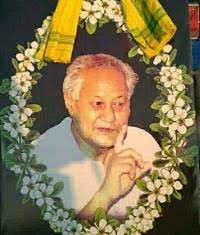
Key Contributions:
- Improving Farming: Sinha put a lot of emphasis on agriculture, making policies to increase farm productivity and help Assam’s rural Economy.
- Helping the Community: He started various programs to make life better for people in poorer communities.
- Focusing on Learning: Sinha believed education was necessary for Assam’s growth, so he worked hard to improve schools and learning opportunities in the state.
Challenges:
- Handling Different Cultures: A significant task for Sinha was dealing with the problems arising from the mix of ethnic groups and cultures in Assam.
- Growing the Economy Fairly: He also faced the challenge of ensuring that the state’s Economy grew while maintaining social welfare and ensuring that development reached everyone equally.
Legacy: Sarat Chandra Sinha actively focused on improving agriculture, advancing social changes, and promoting education in Assam, making him a memorable figure in the state’s history. His work in these areas made a lasting difference in the state’s social and economic life.
Golap Borbora (1978-1979)
Golap Borbora was Chief Minister during many political changes in Assam. His early experiences in politics shaped his approach to leading the state.
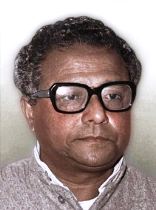
Key Contributions:
- Changing Politics for the Better: Barbara worked on making political changes and strengthening the democratic process.
- Improving the Economy: He tried to boost Assam’s Economy with new plans and projects.
Challenges:
- Keeping Politics Steady: Borbora had the tough job of running Assam during political unrest and handling calls for more regional independence.
- Growing the Economy: He faced challenges implementing new economic changes during difficult times.
Legacy: Borbora is known for his efforts to change the political system and start economic projects to improve Assam.
Jogendra Nath Hazarika (1979)
Jogendra Nath Hazarika was the Chief Minister of Assam for a short time. Still, he became Chief Minister at a time when the state was experiencing significant political and social changes. Assam’s politics were shifting.
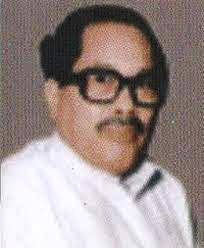
Key Contributions:
- Improving Governance: Hazarika worked on making the state’s administration more stable and effective, especially during political turmoil.
- New Policies for Immediate Problems: Although he was in the office briefly, he tried to introduce policies that would quickly help with social and economic problems, focusing primarily on issues in rural areas.
Challenges:
- Dealing with Political Issues: During Hazarika’s tenure as Chief Minister, he handled various political problems, like running a government with multiple political parties and dealing with uncertainty in Assam’s politics.
- Improving Society and Economy: He also had to tackle different social and economic issues affecting people in Assam at the time.
Legacy: Even though his tenure was brief, Jogendra Nath Hazarika actively worked to bring stability to Assam and address urgent issues in the state’s governance, social, and economic spheres.
Anwara Taimur (1980-1981)
Anwara Taimur’s time as Chief Minister of Assam was significant. She wasn’t just known for her policies and because she was the first and only woman to hold that position in the state. She led Assam during a critical period in its history.
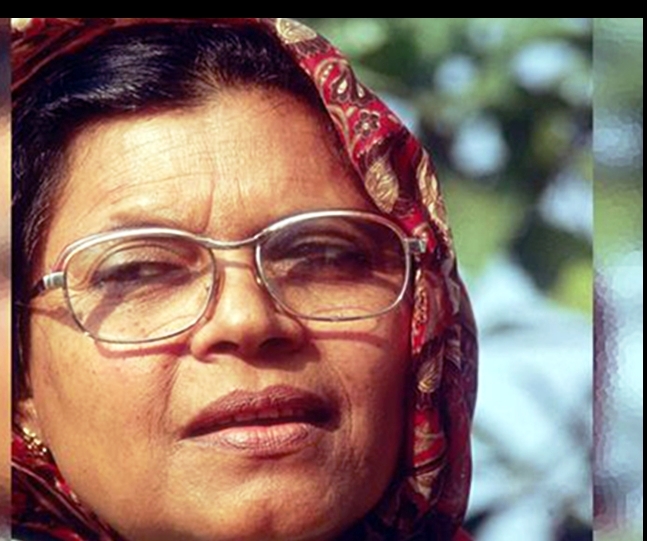
Key Contributions:
- Improving Education and Helping the Community: Taimur put much effort into social welfare and enhancing schools improving schools in Assam. She wanted to improve the quality of education throughout the state.
- Boosting the Economy: Her government focused on fixing economic problems, especially by helping out in rural areas and supporting farmers and agriculture.
Challenges:
- Handling Political Upheaval: Taimur’s time as Chief Minister was during major political unrest, like the Assam Agitation, which made running the government smoothly and keeping peace challenging.
- Developing Assam Fairly: She also faced the difficult task of growing the state’s development while addressing ethnic issues.
Legacy: Anwara Taimur is remembered in Assam for her leadership through challenging times, where she focused on enhancing social welfare and education in the state. Her time as Chief Minister is especially notable because she was the first and only woman to hold that position in Assam and worked hard under challenging conditions.
Kesab Chandra Gogoi (1982)
Kesab Chandra Gogoi was Chief Minister of Assam for a short while during many political events and significant social changes in the state. He led Assam when it was facing many complicated challenges.
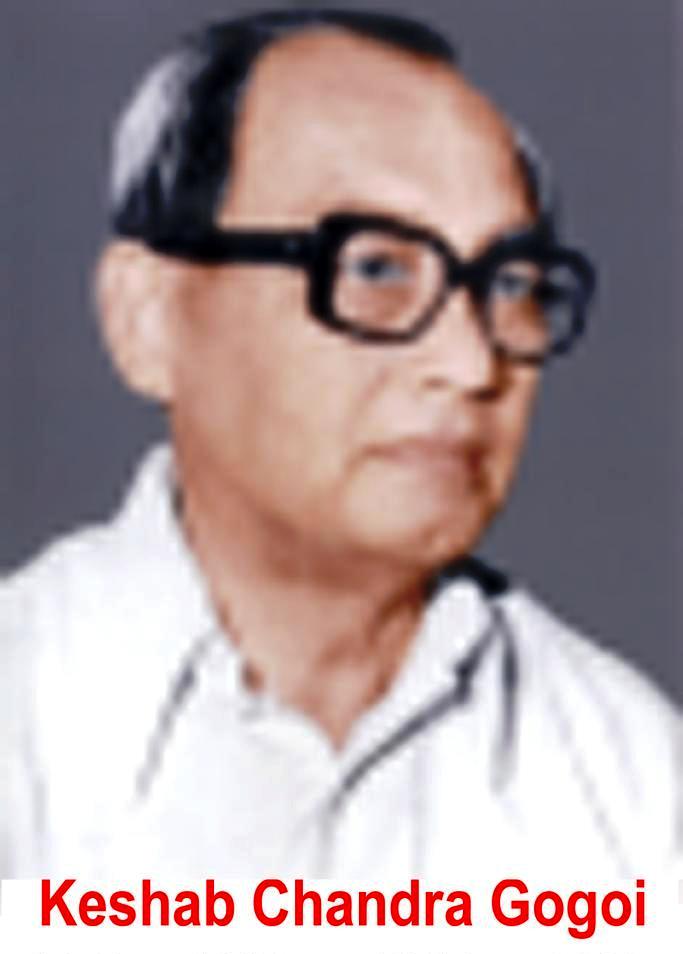
Key Contributions:
- Calming the Political Waters: Gogoi stabilised Assam’s political scene when it was pretty turbulent.
- Tackling Social Problems: Even though he wasn’t in office for long, he tried to deal with some of the urgent social problems in Assam, especially those affecting community peace and helping people in need.
Challenges:
- Dealing with Turbulence: Gogoi was Chief Minister when Assam experienced significant social and political upheaval, such as the Assam Agitation, which required firm handling by the state’s leaders.
- Time Limitations: Since he was only in office for a short time, it took a lot of work for him to put in place long-term plans or see the full results of his efforts.
Legacy: Despite his brief tenure, Kesab Chandra Gogoi is remembered for adeptly managing a period of significant unrest and striving to bring stability to Assam during a crucial phase in the state’s history.
Hiteswar Saikia (1983-1985, 1991-1996)
Hiteswar Saikia led Assam with much political experience and a solid commitment to the state’s well-being. He was an essential leader during a challenging and unsettling time in Assam’s history.
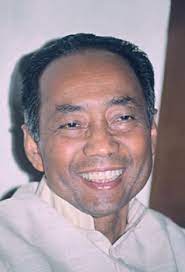
Key Contributions:
- Bringing Peace: Saikia worked hard to restore calm and unity in Assam, especially during social trouble.
- Improving the Economy: He took on several projects to help grow Assam’s Economy, focusing on helping out in the countryside.
Challenges:
- Dealing with Insurgency: Saikia handled tricky situations caused by rebel activities and social conflicts.
- Developing Despite Security Issues: He faced the challenge of advocating Assam’s development while addressing various security problems.
Legacy: Saikia is known for his hard work bringing stability to Assam and pushing for the state’s economic growth, even when he faced difficult situations.
Bhumidhar Barman (1996)
Bhumidhar Barman was Chief Minister of Assam briefly, but it was an essential phase in the state’s politics. He continued the work and policies started by earlier leaders during a period of intense political change.
Key Contributions:
- Keeping Things Steady: Barman’s main goal was to ensure the government in Assam continued running smoothly. He wanted to ensure that the projects and plans continued strong, even as leaders changed.
- Focus on Health and Learning: He also highlighted the need for better healthcare and education and worked on improving these areas in Assam.
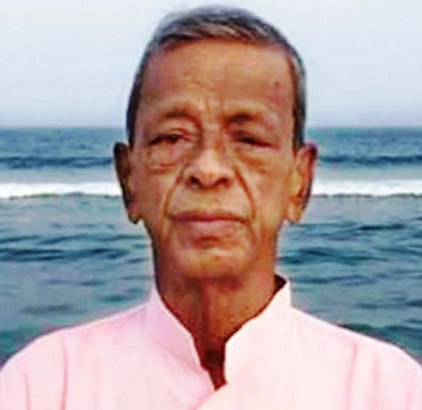
Challenges:
- Keeping Politics Stable: Barman’s big task was ensuring that Assam’s political scene stayed steady, especially since he was only in charge for a short time.
- Tackling Poverty and Jobs: He focused on dealing with the state’s significant issues, such as poverty and the lack of jobs.
Legacy: Even though his tenure was brief, Bhumidhar Barman ensured a smooth transition in Assam’s political leadership. He worked diligently to maintain strong development in the state during his time as Chief Minister.
Prafulla Kumar Mahanta (1985-1990, 1996-2001)
Prafulla Kumar Mahanta, a well-known political leader, was crucial in leading Assam through significant political transformations. He was at the forefront during this time.
Key Contributions:
- Changing Politics and Society for the Better: Mahanta introduced several changes to stabilise the political system of social welfare.
- Helping Young People and Schools: He focused on making policies that benefit young people and worked to improve education.
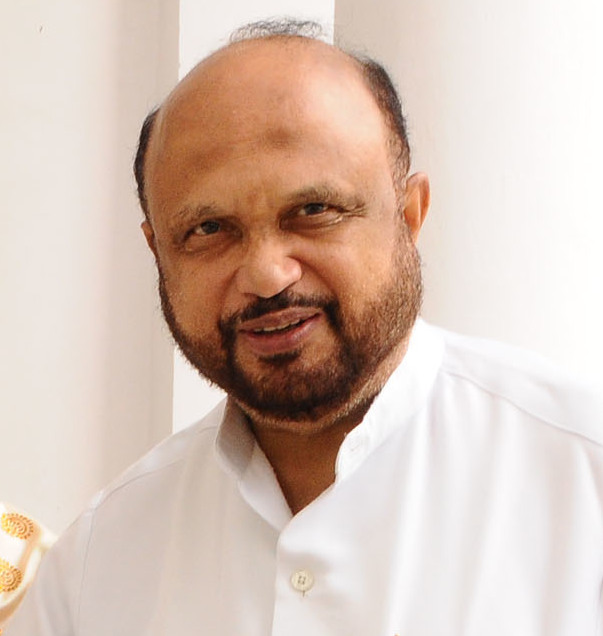
Challenges:
- Dealing with Unstable Politics: Mahanta had to lead Assam through political unrest and handle challenges in running the government.
- Putting Economic Plans into Action: He also needed help implementing his economic policies effectively.
Legacy: Mahanta is remembered for his work in making Assam’s politics more stable and for his efforts to improve social welfare in the state.
Tarun Gogoi (2001-2016)
Under Tarun Gogoi’s extended tenure as Chief Minister, Assam underwent numerous social and economic transformations. He brought a wealth of experience from his prolonged state and national politics career.
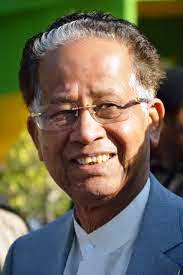
Key Contributions:
- Improving Lives: Gogoi worked hard to improve healthcare and education in Assam and aimed to raise people’s living standards.
- Building Up the State: He also intensely focused on developing infrastructure throughout the state, such as roads and buildings.
Challenges:
- Keeping Peace Among Different Groups: Gogoi faced the challenge of dealing with social issues and maintaining good relationships among Assam’s diverse ethnic and social groups.
- Growing the Economy Fairly: He also had to work on increasing Assam’s Economy somewhat, which benefited everyone in the state.
Legacy: Gogoi is known for his significant contributions to improving Assam’s social and economic situation and helping the state develop its infrastructure.
Sarbananda Sonowal (2016-2021)
Sarbananda Sonowal’s time as Chief Minister was a critical phase for Assam, with much development and modern changes occurring. In his political career, he concentrated on growth and progress that included everyone in the state.
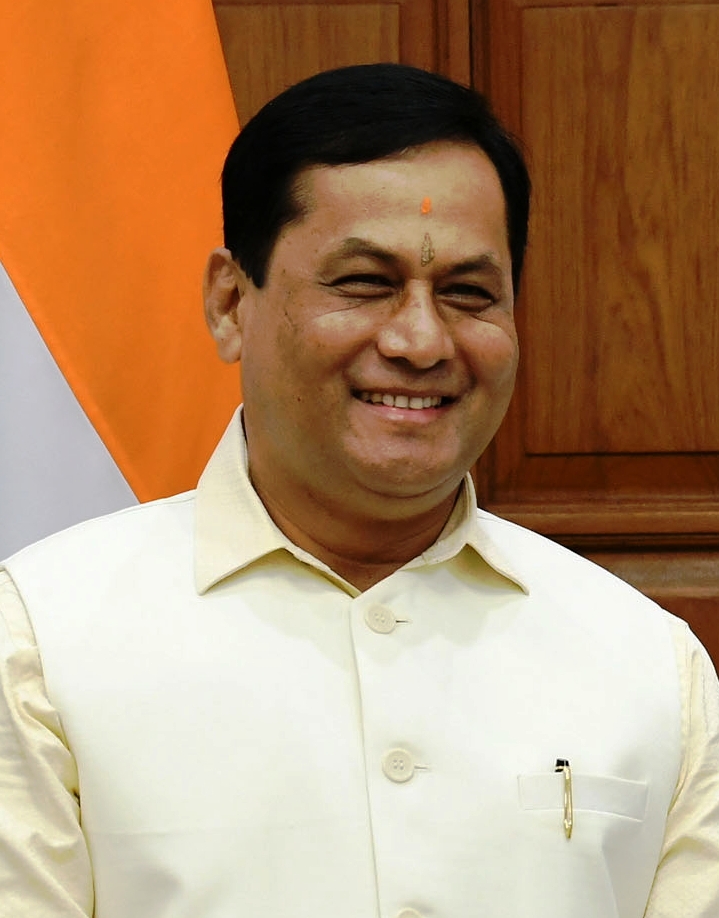
Key Contributions:
- Building Better Roads and Connections: Sonowal focused on improving Assam’s infrastructure, such as roads and bridges, and improving the state’s connections between different parts.
- Development for Everyone: He made sure that the state’s development efforts helped all kinds of people across Assam.
Challenges:
- Bringing Different Communities Together: He put effort into uniting various social and ethnic groups within Assam.
- Development and Nature Hand in Hand: He concentrated on development projects that were environmentally friendly and sustainable.
Legacy: Sonowal is known for significantly improving the infrastructure in Assam and promoting development that included and benefited people from all parts of society.
Himanta Biswa Sarma (2021-Present)
Himanta Biswa Sarma, who became Chief Minister in 2021, combines extensive administration experience with a deep understanding of politics. His leadership marks a new phase in the development of Assam.
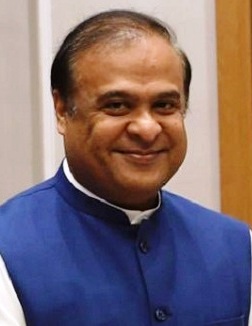
Key Contributions:
- Integrating Digital Technology in Governance: He actively incorporates digital innovations into the state’s governance systems.
- Boosting Economic and Infrastructural Development: He prioritizes initiatives that enhance economic growth and infrastructure in Assam.
Challenges:
- Tackling Social and Economic Problems: He is working on addressing the various social and economic challenges people in Assam face.
- Protecting the Environment: He also focuses on developing the state to care for and keep the environment healthy.
Legacy: As Assam’s Chief Minister, Himanta Biswa Sarma actively focuses on enhancing the state’s Economy, improving infrastructure, and modernizing governance through digital initiatives. His contributions to healthcare, sociopolitical projects, and balancing development with environmental care, especially during the COVID-19 pandemic, continue to shape his evolving legacy.
Conclusion:
The journey of Chief Ministers of Assam Since Independence have played a key role in guiding the state through many ups and downs. Together, their leadership has helped Assam grow from just after independence to a place known for its distinct culture and rising economic strength. Their legacies continue influencing Assam’s path towards a prosperous future, maintaining its unique identity while embracing modernity. Together, a journey of Chief Ministers of Assam since independence, their ideas and hard work continue to guide Assam towards becoming a thriving and vibrant state in India.
On Postswirl blogging site, a journey of Chief Ministers of Assam since independence. Take a closer look at their achievements. The hurdles they faced and the difference they have made in bringing the state forward.




